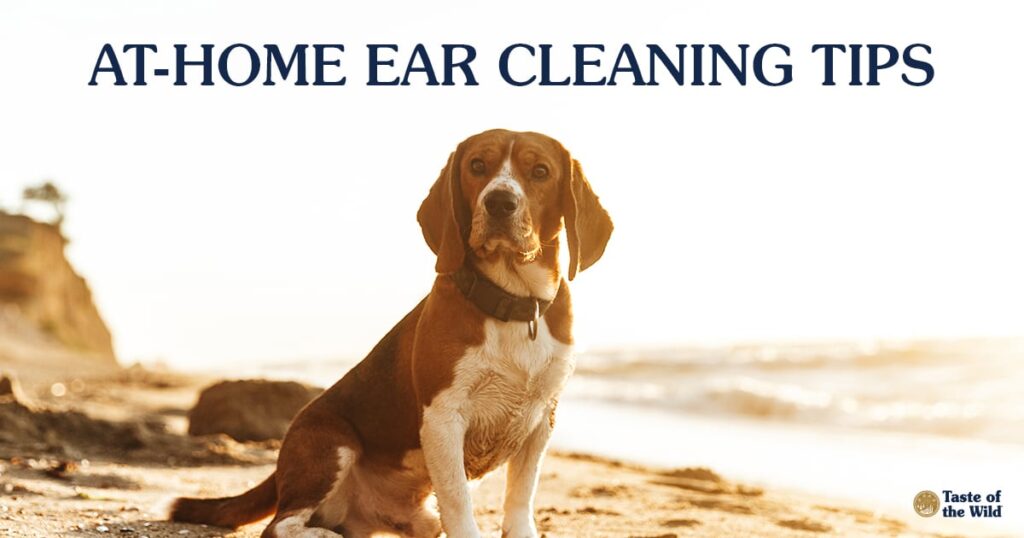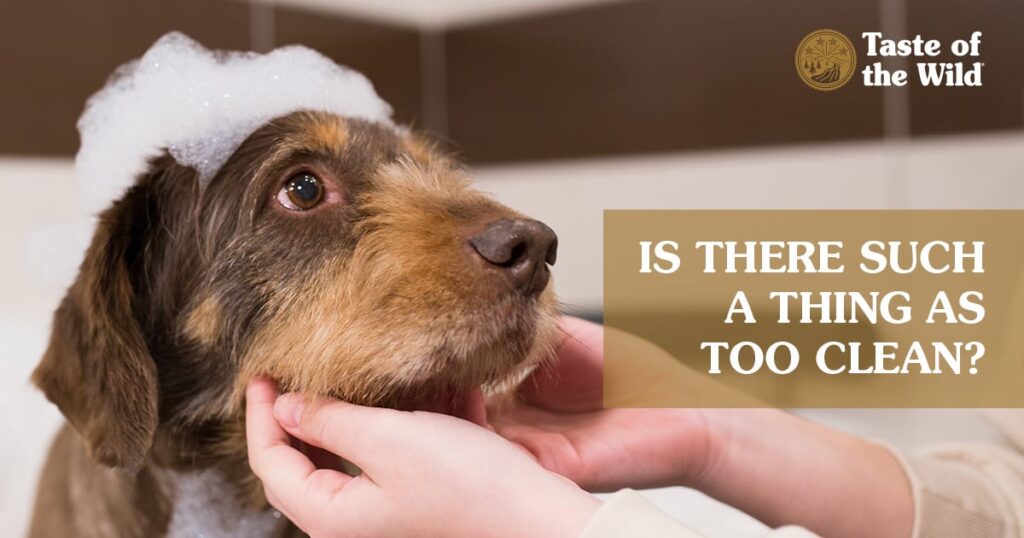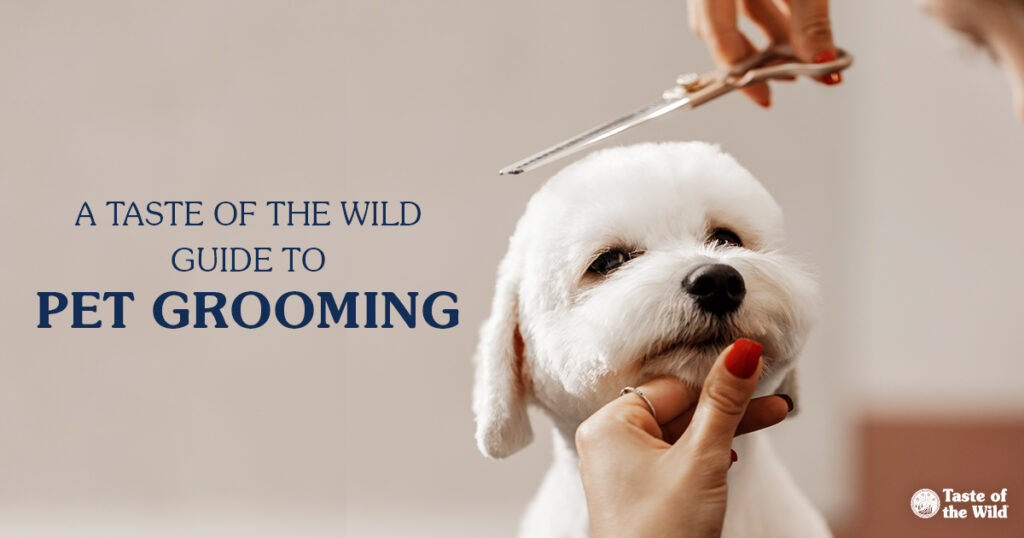
Pet grooming at home isn’t always easy. Have you ever tried to keep an unwilling dog in your bathtub? Or tried to wrestle with the pointy ends of your cat in a futile effort to make them a little less pointy?
Bathing, trimming, shaving, snipping … not every at-home pet grooming task is suitable for every pet or pet parent. But with a little guidance (and maybe some extra hands), you too can handle pet grooming, no matter how big or small your pet. It’s not hard to keep your pets looking sharp and smelling great.
While every pet is different, and some even look forward to you enlisting outside dog or cat grooming services or making a trip to the pet grooming salon, it’s also possible to conduct regular grooming in your own home with just a little bit of hands-on grooming instruction.
So here’s our collection of our pet grooming advice in one handy Taste of the Wild Guide to Pet Grooming. Whether you have senior dogs who need regular grooming or large dogs who struggle during nail trims, we’ll help you attend to your pet’s specific grooming needs. Read on for everything you need to know about pet grooming!
8 Tips for Do-It-Yourself Home Pet Grooming
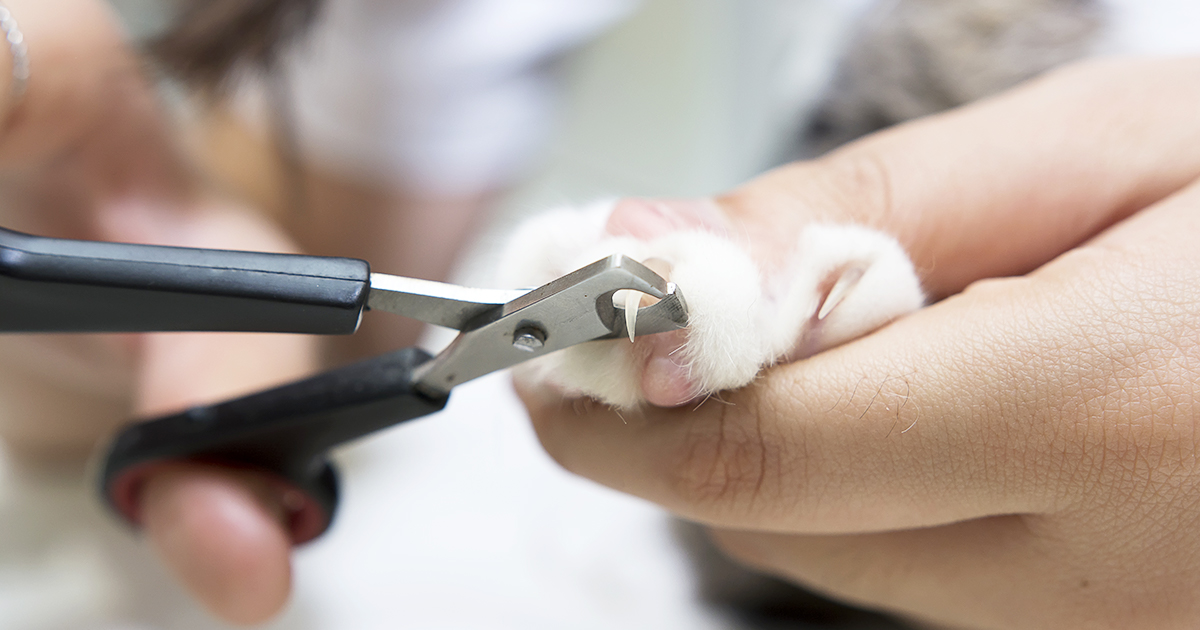
Here’s a little advice for at-home pet grooming.
Do you know what to do if your dog has been skunked? Or how often you should trim nails or even brush your furry friend? Or what you need to consider when choosing a shampoo for your pet? Here are some tips you may not have considered when opting to tackle (sometimes literally!) your pet’s grooming head-on.
READ MORE TIPS ABOUT AT-HOME PET GROOMING
Cleaning Your Dog’s Ears
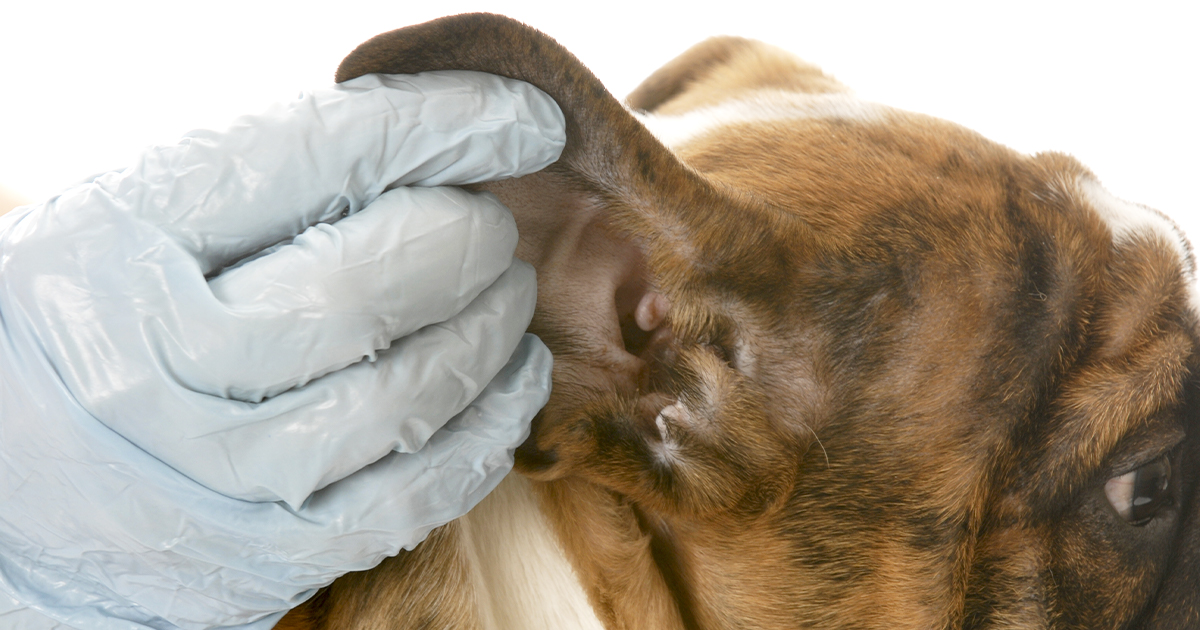
Ear cleaning of large dogs or small dogs doesn’t have to be a struggle!
Believe it or not, healthy dog ears actually come with a self-cleaning feature. So, if the ears aren’t bothering your dog, it’s usually best to leave them alone if your furry friend gets regular checkups. Sometimes, however, underlying allergies, secondary bacterial or fungal infections or other problems can disrupt the natural ear-cleaning process and make it necessary for you to clean your dog’s ears. Here’s how to make it easy on you and your dog.
How Often Should You Bathe Your Dog or Cat?
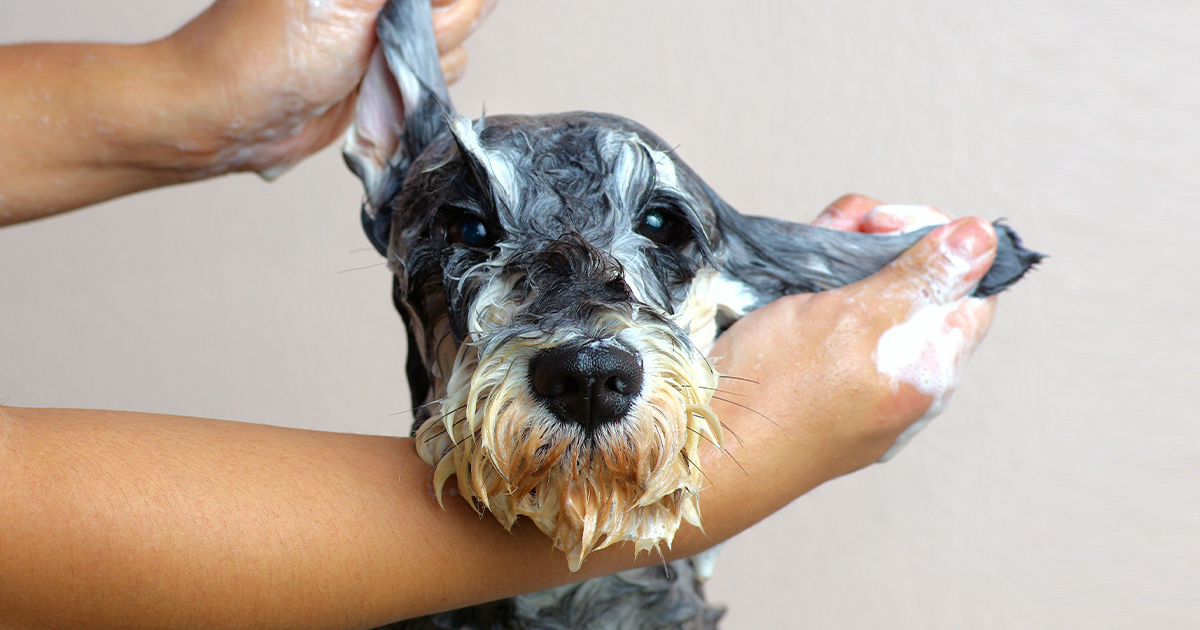
Bathing your dog or cat doesn’t always require a grooming salon.
Giving your pet a periodic bath is a good way to help clean, shine and freshen the scent of their coat. But how often should you actually bathe your pet? Do you wait until your pet fails the “smell check” or should the pet bath be a regularly scheduled event, no matter the look and feel of the furry friend? Will too much bathing cause flaky skin or dandruff? Can too much or not enough bathing impact your pet’s health?
What, exactly, is the right amount to bathe your pet? The answer varies, but here’s a way to figure it out for yourself.
READ HOW OFTEN TO BATHE YOUR PET
Pet Nail Trimming Doesn’t Have to Be a Wrestling Match
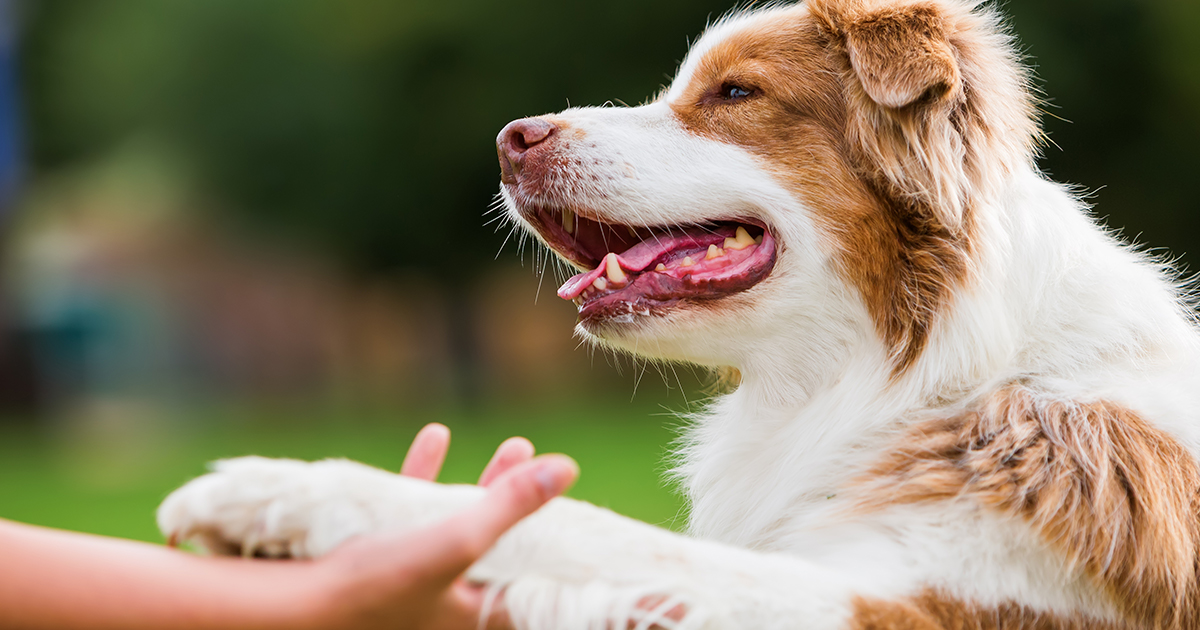
Your pet’s nail trims don’t have to be a headache.
Some pets just get off on the wrong paw when it comes to nail trimming. If their first nail-trimming experiences were painful or scary, they’ll do their best to squirm their way out of it going forward. But it doesn’t have to be that way. If you have a puppy or kitten, you can make sure they have a positive experience from the start.
But even if your pet is older and hides behind the couch whenever the clippers come out, it is possible to retrain the lil’ furball.
At-Home Pet Grooming Is All About Knowing Your (and Your Pet’s) Limits
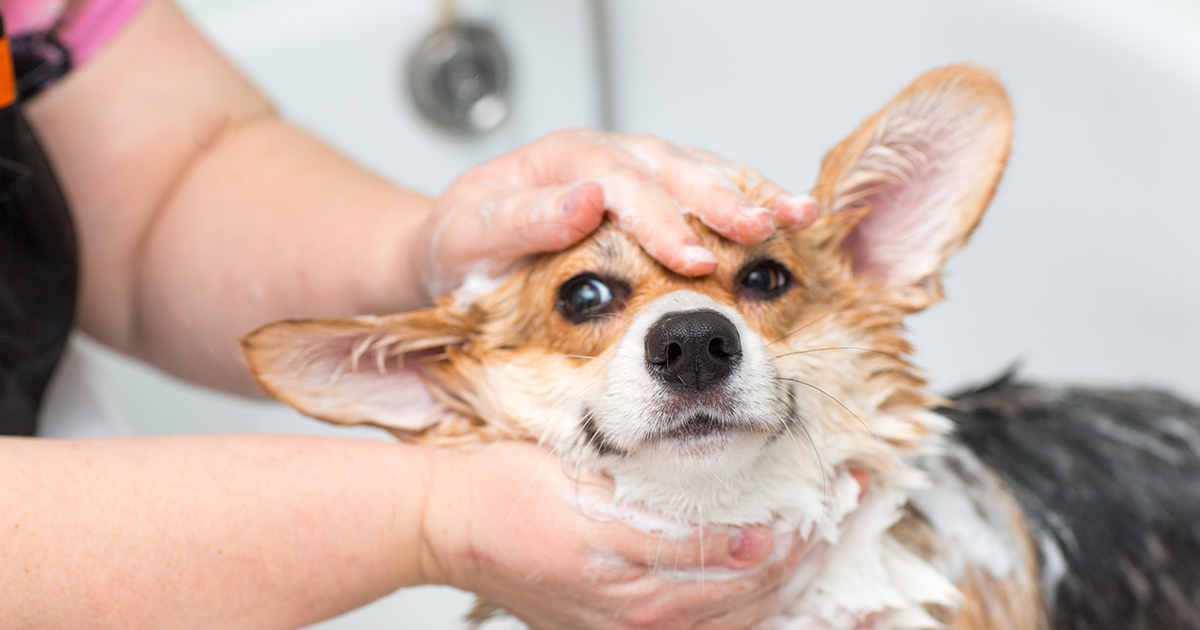
No need to go to the grooming salon.
Handling your pet’s grooming at home can save you time and money while creating a bonding experience between you and your pal. But without a plan in place and without knowing your limits and the limits of your pet’s comfort, the best of intentions might lead to a soggy bathroom at best or disaster at worst. If you have any questions or concerns about how to groom your pet at home without endangering your pet’s health, contact your veterinarian. And remember that there’s no shame in leaving the pet grooming to the professionals!


